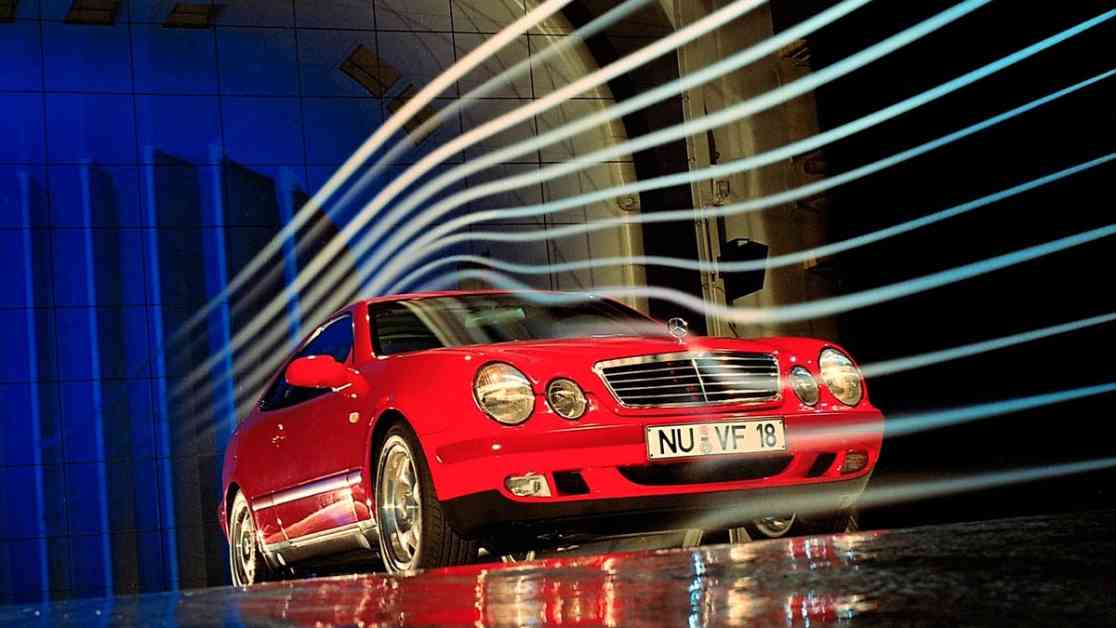Bruno Sacco, the renowned Italian designer who played a pivotal role in shaping Mercedes-Benz automobiles from the 1950s through the 2000s, passed away last week at the age of 90. His legacy lives on through the timeless and iconic designs he created for the brand. Sacco was a visionary who believed in creating designs that would stand the test of time, and he certainly achieved that goal.
One of Sacco’s most notable contributions to Mercedes-Benz was his development of the design philosophy of “horizontal homogeneity” and “vertical affinity.” This philosophy aimed to ensure that all Mercedes-Benz models shared common stylistic cues while also remaining relevant and timeless even as new models were introduced. Sacco’s attention to detail and commitment to creating cohesive designs set the standard for Mercedes-Benz vehicles for decades to come.
While Sacco’s designs have stood the test of time, not all of them were universally loved. The ML-Class, for example, was a departure from the traditional Mercedes-Benz aesthetic and was not as well-received as some of Sacco’s other creations. However, the R230-generation SL and the W140 S-Class are considered to be among Sacco’s masterpieces, showcasing his ability to create luxurious and elegant designs that still resonate with car enthusiasts today.
Sacco’s influence can be seen in many Mercedes-Benz models, from the sleek and modern S-Class to the classic and timeless E-Class. His commitment to creating beautiful and functional designs has left a lasting impact on the automotive industry as a whole.
As we reflect on Bruno Sacco’s remarkable career and the legacy he leaves behind, it’s clear that his designs will continue to inspire future generations of designers and car enthusiasts. The world of automotive design has truly lost a visionary, but his influence will forever be felt in the iconic designs he created for Mercedes-Benz.










